
The bankruptcies you see in the headlines aren’t just a few isolated cases; something off is about to hit like a big wave. Recent total bankruptcy filings in the U.S. raised by 14.2% from 452,990 of 2023 to 517, 308 cases of 2024, with about 64,500 filings in 2024 compared to 2023. Business and personal bankruptcies increased by an average of 15%, worsening the trend. Big names like Red Lobster and Big Lots filed, which proves that no one’s really safe, calling a big shift ahead. Now, let’s actually break down what bankruptcy really means for people and businesses.
Bankruptcy Chapters Explained
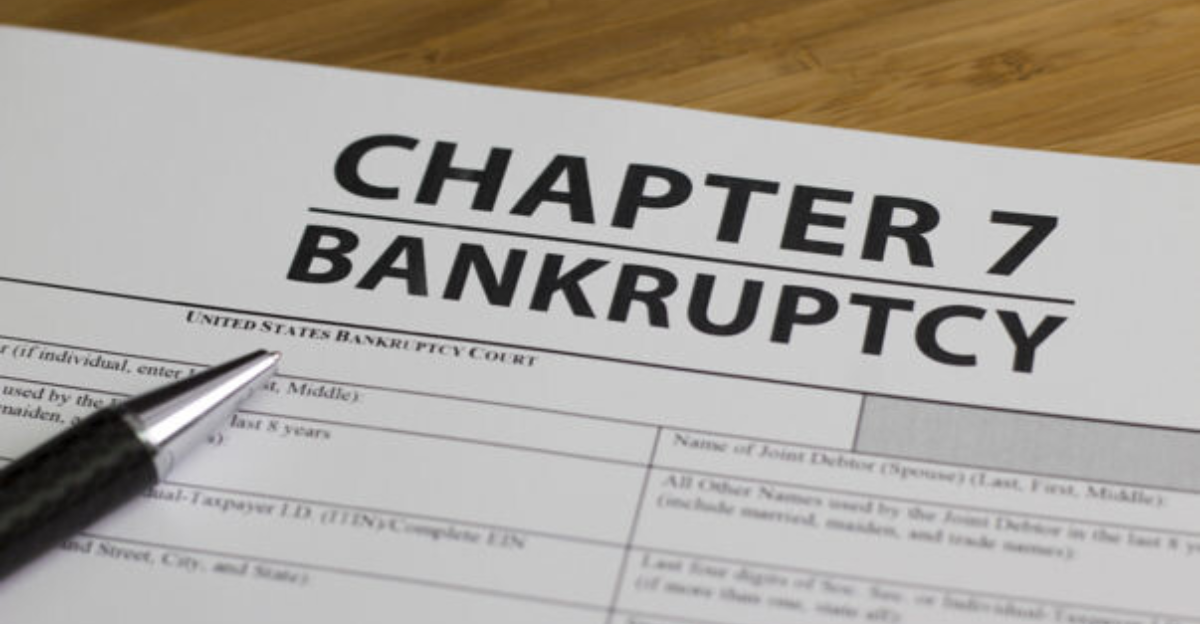
Bankruptcies happen not just in businesses, but also in individuals,, with the most common types being Chapter 7, Chapter 11, or Chapter 13. Cutting the jargon, here’s what each chapter means: Chapter 7 means you’re turning your assets into cash to pay off debts, Chapter 11 is more on big businesses trying to reorganize to keep their operations, while Chapter 13 lets the individual sort their debts and pay them back over time. Each chapter comes with their rules and impacts that can shape how companies recover. With all these economic terms, why are families and businesses turning into bankruptcy lately?
Why Bankruptcies Are Rising
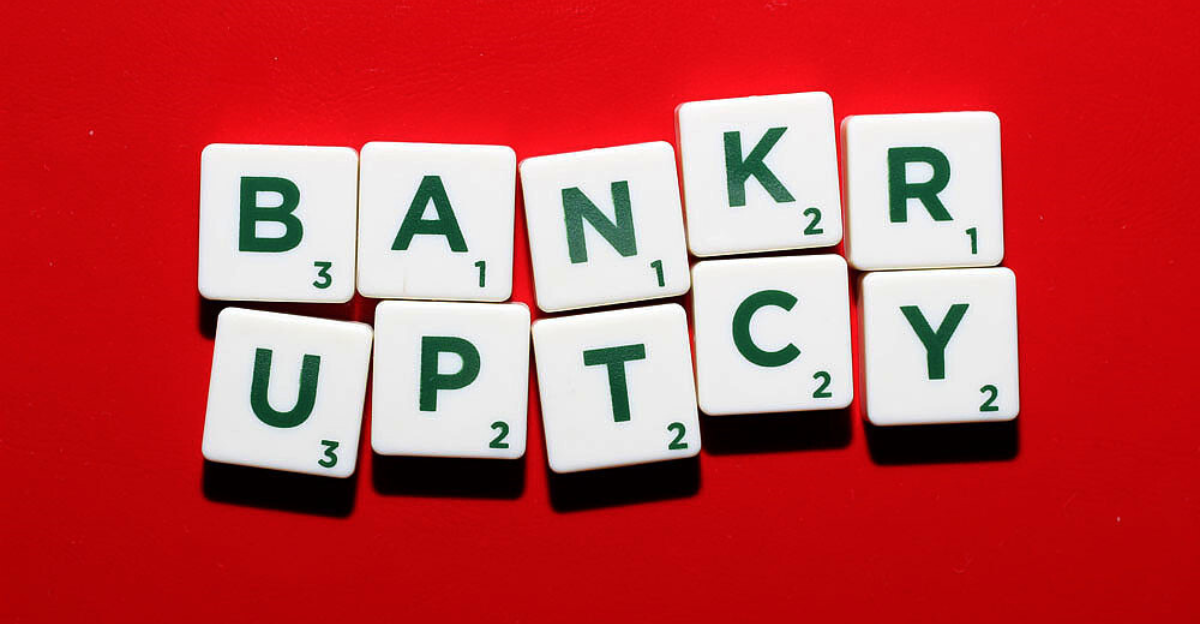
So, what’s with this bankruptcy surge? A big part’s really the rising cost of everything, from groceries to rent being more expensive which squeezes household budgets and business margins. For families, many of them are earning less while the inflation is stubbornly up there. For businesses, borrowing money becomes a hassle because of higher interest rates; on top of that, consumer spending has slowed. These situations combine into a storm surge of losses. These aren’t just numbers on a chart, these are pressures that hit both small shops and big corporations. The question now is how they’re being affected by the gusty wind of bankruptcy.
Small vs. Big Businesses
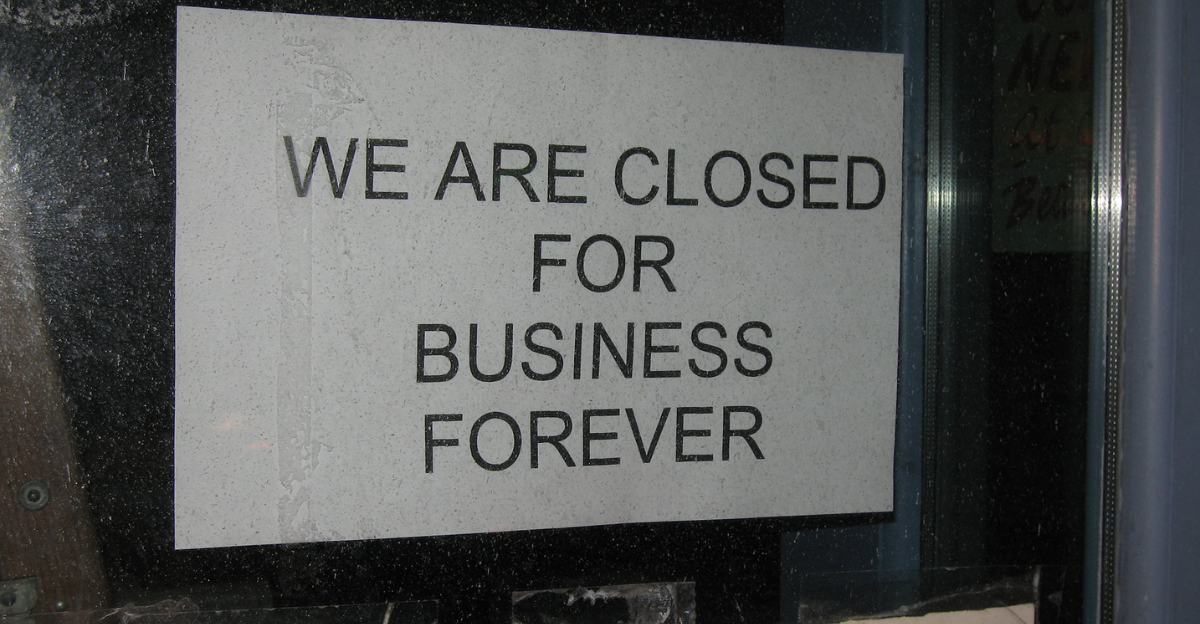
Not everyone feels the same impact of bankruptcy. Those small businesses, like your local neighborhood café or corner store, usually don’t have a lot of extra funds or even resources, so a small drop in sales or a sudden rise in expenses can force them to close up shop. Bigger companies might have a better safety net, but once they go bankrupt, they’ll lose jobs and have issues with other businesses. Lately, both small and big businesses have been struggling, and there are industries and places that are feeling the bankruptcy hit more than others.
Hardest Hit Places & Industries
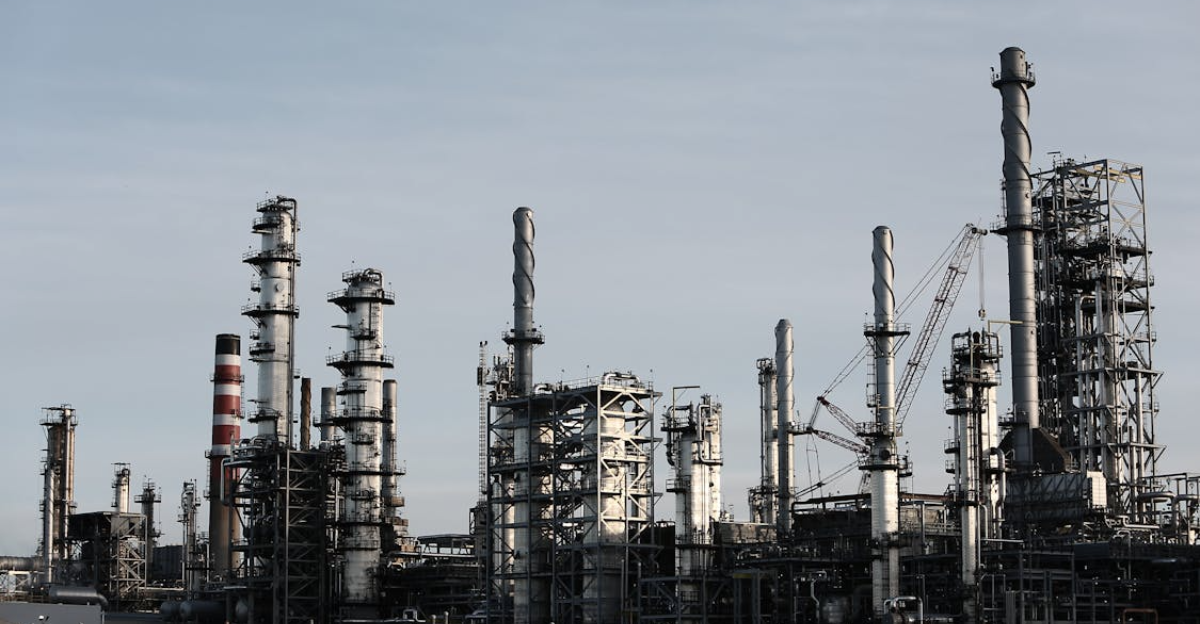
Certain industries and areas are being hit harder by the punch of bankruptcy than others. The Services industry, such as healthcare, education, and software companies, is being affected the most by bankruptcies, with 29% of all recent filings. The Finance, Insurance, and Real Estate (FIRE) sector is also struggling, with big names like WeWork filing for bankruptcy. On the geographic side, New Jersey saw an 86% rise in filings in early 2024. These patterns will help you understand how bankruptcies impact companies, then and now.
Bankruptcies Then and Now
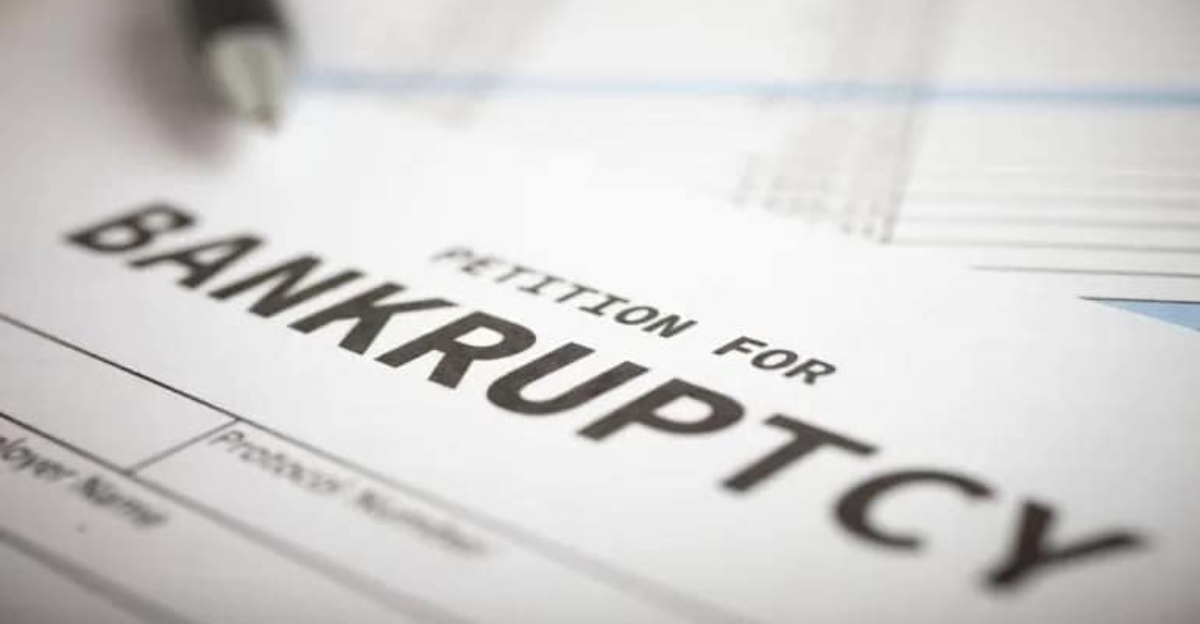
We’ve already seen these big waves before, like during the 2008 financial crisis, when filings jumped by 30%, as families and businesses struggled, especially in the housing and finance sectors. This time, though, things are a bit different, like higher inflation, rising costs, problems in supply chains, and even rapid changes in technology, making it tough for the restaurants and tech firms to get by. The affected industries may not be the same, but the rising number of bankruptcies still affects society, and now, our whole economy is being impacted by it.
Impact on the Economy

Bankruptcies have effects that go beyond the companies that go bankrupt. When big names close, like Red Lobster in 2024, thousands of workers lose their jobs, and families have less money to spend. This spending drop can hurt the local shops too, and even the banks can be affected by it, becoming more careful about lending money, which impacts families when getting loans or businesses when covering their costs. All these changes can slow down economic growth and shake the lives of everyday Americans.
Bankruptcies Damaging Everyday Americans

Going through bankruptcy is more than just signing papers; it’s a deeply challenging “chapter” in anyone’s money situation. Imagine seeing your credit score drop by 100 points or more! That’s the reality for many after bankruptcy, making it incredibly tough to secure even basic loans or credit. Some people lose their homes or cars, leaving them unable to rebuild their finances for years, which is true in 2024, when many had to cut back on everyday things and put off big plans like building a home. With these challenges, it’s important to know what the government and banks can do to support you.
Government and Bank Actions
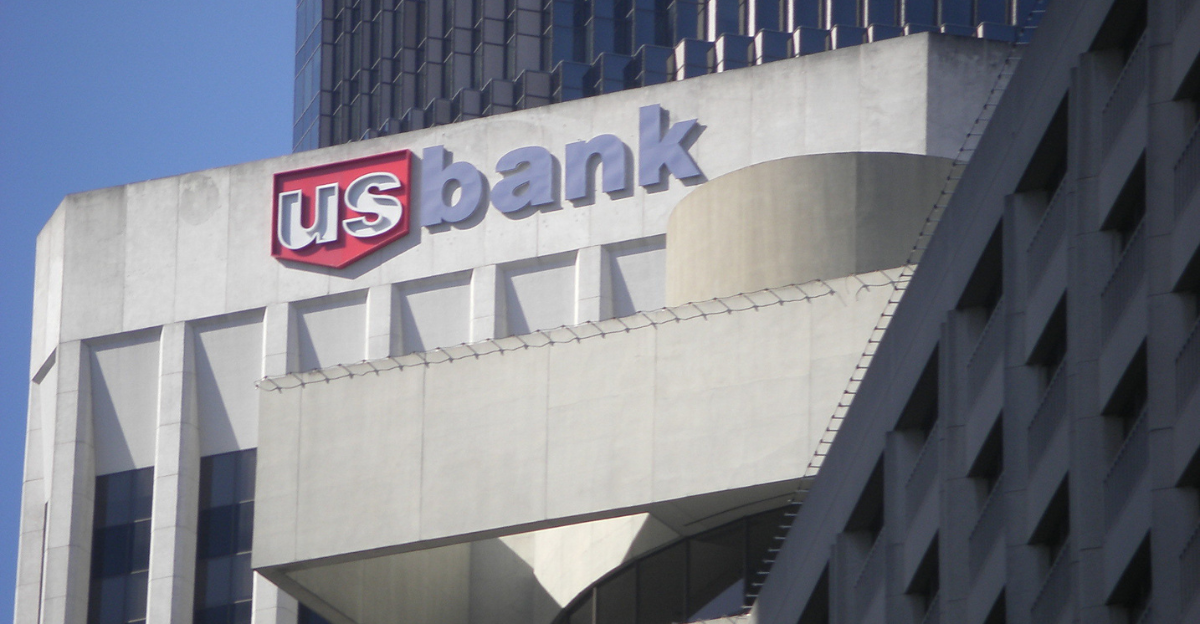
The government and banks are trying to help those who mostly felt the brunt of bankruptcy. In 2024, they expanded unemployment benefits and offered more small business loans through the SBA to help people stay afloat. Families who need more time to get new jobs or keep their homes can put off mortgage or loan payments at some banks. Still, not everyone can get it, and some people have trouble or take a long time filling out the form. Since the number of bankruptcies keeps going up, many people are keeping an eye on the government to see if there will be enough programs and help.
What’s Next?

Looking ahead, we aren’t sure what will happen next. Some say bankruptcies may keep rising if prices stay high and interest rates don’t drop. Others believe that things could get better if the economy steadies and people start spending more. Economists are watching several job reports, consumer confidence, and whether government support continues. For now, families and business owners are watching for updates on the economy, hoping for signs of recovery. When you stay informed and ready for changes, you’ll be smart enough to face what comes next.